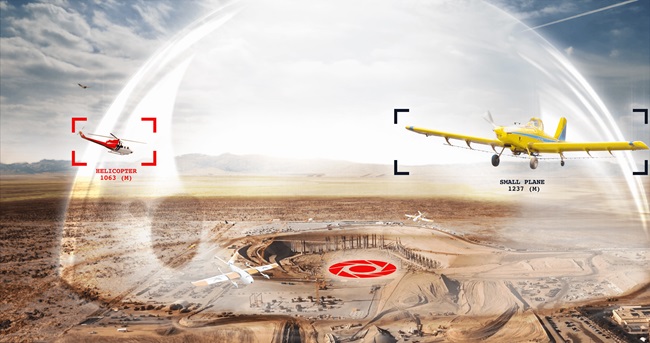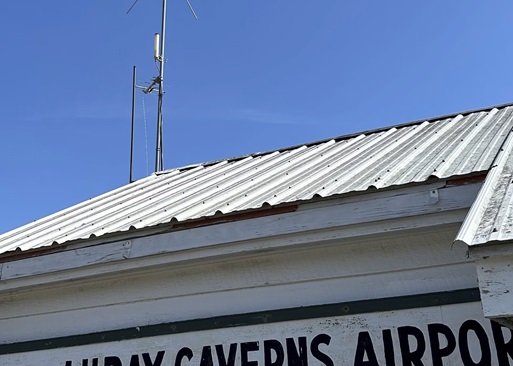Last day to claim ADS-B rebate nears
If you’re one of the aircraft owners who met the Sept. 18, 2017, deadline to reserve one of the FAA’s $500 rebates for equipping with Automatic Dependent Surveillance-Broadcast Out, you have another deadline ahead. The final date to claim that ADS-B Out rebate is Feb. 15.
A total of 12,482 rebates were reserved in the program; as of Jan. 17, 9,385 installations had been flown and validated, and 9,210 rebates had been claimed and paid.
Several aircraft owners have told the FAA that the required validation flight could not be conducted safely under existing winter weather conditions. The agency is granting rebate extensions—to the current deadline of Feb. 15—with documentation of the extenuating circumstances.
There is a possibility that rebate claims might be extended beyond that date. “The FAA has heard from stakeholders that this is desired, but a final decision has not yet been announced,” said Rune Duke, AOPA director of airspace and air traffic. For an extension beyond Feb. 15, the aircraft owner would have to provide an invoice and FAA Form 337 documenting that the installation was completed before Feb. 15, and the aircraft would have to be located in an area where winter conditions make flying unsafe, he said.
The FAA has also considered extensions due to extraordinary installation delays, Duke noted. For example, the owner of a Beechcraft Bonanza asked for, and was granted, a rebate extension. His ADS-B installation was scheduled as part of a major refurbishment of the aircraft, and it encountered unanticipated delays—including a propeller replacement, which required a supplemental type certificate, and the replacement of an old autopilot that could no longer be serviced by its manufacturer.
Aircraft owners wishing to request a rebate extension should email the FAA’s ADS-B rebate office.
Keep in mind that a validation flight must be completed before the rebate can be claimed. Rebate rules require 30 minutes of flight in FAR 91.225 rule airspace—the airspace where ADS-B Out will be required beginning in 2020—and 10 minutes of aggregate maneuvering flight. Flying a couple of 360-degree turns in each direction, when combined with normal climbs and descents, will fulfill the requirement. It is not necessary to land at or take off from an airport in Class C or Class B airspace.
To reduce the chance of a nuisance air-on-ground failure on your flight test—a consideration if you don’t have enough time to repeat the process—follow the checklist in “ADS-B: Passing the Test” in the February 2017 issue of AOPA Pilot.
When you have completed your installation, go to the FAA’s rebate website and click on the “Fly and Validate” icon. You’ll receive a Public ADS-B Performance Report; if your aircraft passes—no red boxes allowed—you’ll also receive a GA Incentive Requirement Status Report that includes your incentive code. Then, click on the “Claim” icon to complete the process; enter your incentive code and the rebate code you received when you made your reservation.




